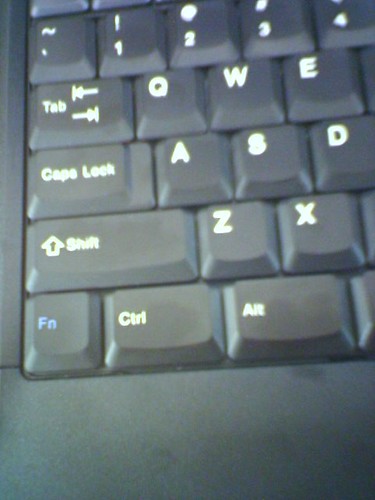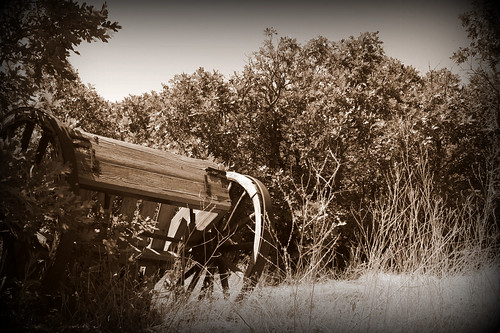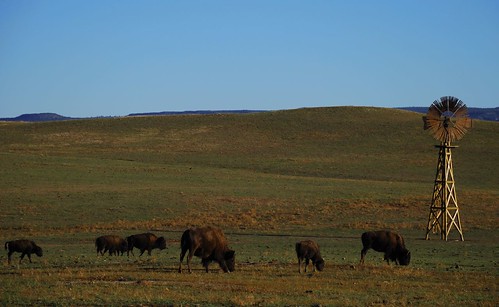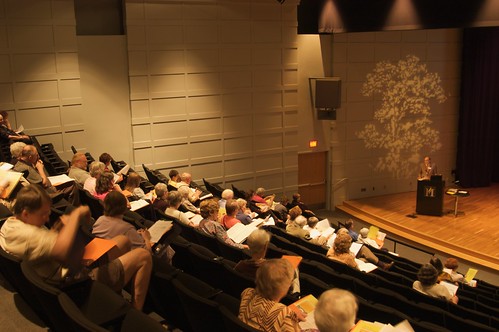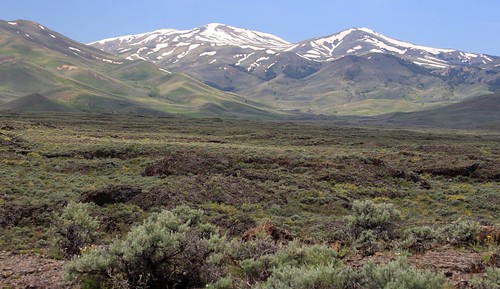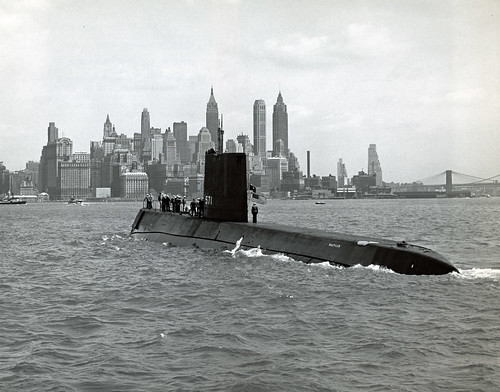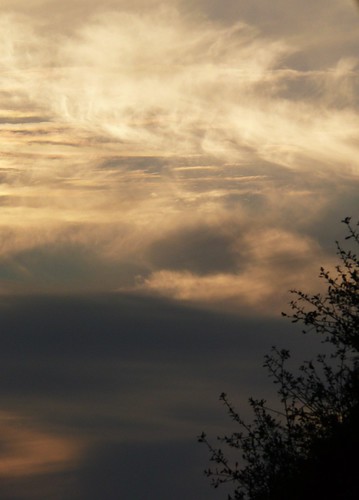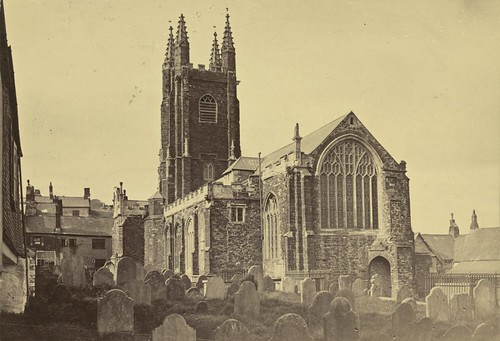
I have really begun to appreciate what our pioneer ancestors went through. My fathers mother, Blanche Rebecca Bingham, is a great grandaughter of Erastus Bingham.
Reading this gives me the chills.
Life History of Erastus Bingham, Sr.the son of Sarah (Sally) Perry [and Elisha Warner Bingham], who was the daughter of Capt. David Perry [and Anna Bliss]
Erastus Bingham was born in Concord, Essex County, Vermont 12th March 1798 and baptized 11 November 1833, at St. Johnsburg, Vermont, a direct result of early day missionary work in New England. With his wife, Lucinda Gates Bingham, his eight children and Willard Snow, Joel Harvey and their families, and others, he traveled to Far West, Missouri, via Kirtland, Ohio, arriving in Far West the 4th of November 1836.
After the Extermination Order of Governor Boggs, the Bingham family moved to Hancock County, Illinois, on a rented farm between Carthage and La Harpe, remaining here from April 1839 until the Spring of 1845.
According to family records, the martyrdom of the Prophet and his brother, Hyrum, caused great concern to the Bingham family, and like other Saints in the Carthage area, desired to situate closer to Nauvoo. It is evident from circumstances and conditions at this time that a Mormon family was in grave danger of being mobbed. With this and the fact that the Brethren were pressing a speedy completion of the Temple, it gave motive enough for Erastus to move his family to a spot near er Nauvoo.
In the spring of 1845 Erastus bought a farm of 160 acres about 20 miles West of Nauvoo, Illinois, which was extensively cultivated during the spring and summer. After the crops were all harvested, he labored night and day with others to complete the Nauvoo Temple. (Bingham, Belnap, and Scoville, Life of Erastus Bingham and Family, p. 8.)
Little is known of the activity of the Bingham family while at Nauvoo except evidences of their assistance with the Temple.
In January 1846, the family records show that one of Erastus' sons, Erastus, Jr. , was chosen to go with an advance group "to make roads, build bridges, and plant crops at various points", assisting those to follow in the general migration from the city.
The remainder of the Bingham family followed on the 6th of May, (the 160 acre farm, improvements, etc., were sold for enough 'to buy a team of horses'.) and continued to Mt. Pisgah, Iowa, arriving in mid-summer.
From here we pick up the movement of the family "in a company of about 200 wagons in command of Bishop (George) Miller. Erastus Bingham was made Captain of one hundred. They traveled Westward until they reached Council Bluffs, Iowa. Prior to their arrival at Council Bluffs, the United States Government asked for 500 volunteers to fight in the war with Mexico. Two sons and a son-in-law of Erastus Bingham volunteered, Erastus, Jr., Thomas and Elijah Norman Freeman, husband of his (Erastus') daughter, Mary; and they were recruited in the Mormon Battalion in Council Bluffs, Iowa.
(Erastus, Jr., who had been chosen for the advance company from Nauvoo had shortly before joined his family and now enlisted with the Battalion. He traveled as far as Santa Fe with the main group and under orders from Col. P. St. George Cooke retired to Pueblo, Colo., remaining there to give assistance to the sick during the ensuing winter. He entered the S.L. Valley July 29th 1847 with the "Mississippi Co." and the others from the Battalion who wintered at Pueblo. On August 26th he set out with the Brigham Young Company returning to Winter Quarters and met his family, on the Sweetwater, returning with them to the valley.
Thomas Bingham, Erastus' third son was unable to continue on to California with the Battalion and wintered in Pueblo, Colo. The strenuous march to Santa Fe caused a reoccurrence of the ague and fever. He, with his brother Erastus, Jr., arrived in S.L. Val1ey on July 29, 1847.
Elijah Norman Freeman married Erastus' eldest child, Mary, in Nauvoo in 1843. According to Church Chronology, page 32 by Andrew Jensen, "He was buried, four miles south of Secora on the Rio Grande," having succumbed to the strain and hardship of the march with the Battalion to San Diego.) Erastus Bingham had the care of the families of these volunteers. After resting a few days until two companies were organized, one called Brigham's Co. , and the other Heber's Company, they started traveling westerly according to the directions of the Twelve Apostles . . . . They traveled up the Platt River until they came to Loop Fork, Nebraska, where they overtook Bishop George Miller and his company. When they arrived at Loop Fork, a messenger on horseback brought word from the president of the Twelve, Brigham Young, that they should not venture farther for fear of deep snow or hostile Indians, but should locate a good camping ground for the winter.
The captain, Bishop Miller, was not in favor of obeying this order. He was anxious to push on, as the prospect of several months delay in the journey was not a pleasing one.
They remained three days considering and discussing the problem. At this juncture a number of Indian chiefs of the Ponca Tribe passed by on their way home from an Indian Council. They were very friendly and invited the travelers to go with them to their camping ground to a place called Swift Water near the Missouri River about 150 miles above or north of winter quarters . . . . The Indians said the camping ground was good, with plenty of water and wood and feed for the animals which the white men were welcome to share.
Erastas Bingham stood up on his wagon wheel and talked to the Saints, telling them that he proposed to obey the council of President Brigham Young, that he and his family would remain until spring and invited all to join with them in accepting the invitation of the Indians to share their camping ground. About one half of the company remained with Erastus Bingham; the others decided to attempt the journey westward with their commander, Bishop Miller.
Another Journal says this about the journey with the indians: There were a few surprises. Upon starting their journey, one of the men asked the Ponca Elders how far it was going to be. “Three sleeps” was his answer. Unfortunately, pioneers travel slower than Indians. It was 150 miles and took 11 days.
and
With the Ponca company was Newell Knight, who was one of the first members of the Mormon church. Newell Knight and about 16 others died of pneumonia while camping on the Niobrara and are buried there. A large monument is erected near the site in their memory. Apparently, Robert and Fanny had a baby die here sometime during the winter of 1846-47.
Bishop Millers company pushed on westward but met with a great many losses. Indians stole some of their animals; and they suffered considerably from cold and lack of food and were finally compelled to return, some of them camping near Erastus Bingham's camp.
In the spring of 1847 Erastus Bingham and his family returned to Council Bluffs where he was chosen a member of a committee to go into Missouri and secure wagons and supplies for the journey west and across the plains. He bought provisions to last his family eighteen months. On the 11th of June, 1847, they left Council Bluffs; and after getting across the Elkhorn River, they started on their journey westward. They traveled up the North side of the Platt River in a company of 666 wagons consisting of Daniel Spencer's group of 100, Ira Eldridge's 50, Jedediah M. Grant's 50 and Erastus Bingham's 10, together with other groups. The company was so large that it was organized with captains of tens, fifties, and hundreds to maintain and guarantee the best of order. Yet it was very unpleasant because it would be so late before the last wagon could start from camp in the morning and so late at night before it could get into camp. Two wagons traveled abreast, making two roads.
The company divided near Laramie, Wyoming, and Erastus Bingham and family were with those in the lead.
They arrived in Salt Lake Valley on the 19th of September, 1847, much sooner than some of the others. Erastus built a log house and made preparations for the winter. In the spring of 1848 he was allotted a farm in the Holiday district; and in addition to the farm, he acquired a grazing permit in what is now known as Bingham Canyon, Utah.
An interesting story in connection with these grazing activities, is told of Sanford Bingham and his family:
"In August, 1848, together with his brother Thomas, he (Sanford Bingham) took charge of a public cattle herd about 18 or 20 miles South West of Salt Lake City, in Bingham Canyon. September 1, 1848, his first child was born in Salt Lake City, Utah, and from the first of October, 1848 to July, 1849, his wife and baby resided with him at the herd house. In the spring of 1849, a band or tribe of Indians came and camped near the herd house. one day while he and his brother Thomas were out with the cattle, there being no one in the house with his wife and baby except one of his younger brothers, a couple of young Indians carrying guns came into the house and sat down on a bench. The bench was by the side of the bed, on the side of which she had spread some clean clothes to air, that she was ironing. The Indians laid back on her clean clothes. She tried by signs and motions to tell them to get off the clothes, but they would not move; so she caught them by the hair of their heads and yanked them off and then went about her ironing. The Indians cocked their guns and made some threats in their own language which she didn't understand, but when they found they could not scare her they went away and never came back into the house again." ( Bingham, Belnap, and Scoville, Life of Erastus Bingham and Family, pp. 21,22.)
While tending the herds in this area these two brothers found some copper ore. On discussing this find with President Young, they were advised "not to attempt to pursue mining, as the lives of the people depended upon farming and stock raising."
Expansion into other parts of the region followed very shortly after the entrance of the first companies into the valley, however it was not until April 1850 that the Bingham family moved from Great Salt Lake City. They "located on the property where the City (Ogden) and County Building now stands, farming the property as far south as 28th Street and North to 22nd Street.
"Sunday, January 26, 1851, President Brigham Young and party held meetings in the South Fort of Ogden, Utah. . . Erastus Bingham was made Bishop of the North Ward (Weber Stake) . . . " He remained in this capacity in this ward and later the First Ward for 17 years.
In the same year the City of Ogden was laid out and the Bingham property purchased. They then moved to a spot north of the Ogden River known as Farr's Fort. Later, in the spring of 1851 they situated in a spot known as the "Lynn District, " and here "Bingham's Fort" was built and occupied, the homes being on the inside of the walls for protection and the farms in the immediate vicinity for easy access.
Besides functioning as a Bishop, Erastus was called to other jobs, of a civic nature.
Click here for another article with more Bingham Pioneer details
 Hey there Cragun's, to many of us our ancestor Patrick Cragun is a folk hero. We read about his coming to America without his family at age 15. We read he was in the Boston Tea Party.
Hey there Cragun's, to many of us our ancestor Patrick Cragun is a folk hero. We read about his coming to America without his family at age 15. We read he was in the Boston Tea Party.



